CAN HENS HANDLE THE HEAT?
Courtesy Barastoc Poultry How chooks stay comfortable in summer. As the days and nights heat up, you may notice your chickens become unsettled…
Free Delivery when you spend $49 or more. (Weight Limits Apply – view more)
 Dog
Dog

Shop Tuckers great range of dog food, health care & wellness products today. Delivered or Click & Collect.
 Cat
Cat

Tuckers has a great range of cat food, health care & litter products for your beloved cat. Shop now.
 Horse
Horse

Tuckers carry a huge range of food, supplements, health care, hoof care and grooming accessories. Shop now.
 Chook/Bird
Chook/Bird

Tuckers range of food, accessories & health care products will keep your chooks & birds happy and healthy.
 Small Animal
Small Animal

Shop food and health care products for your little mates @ Tuckers. Delivered or Click & Collect.
 Farm/Garden
Farm/Garden

Tuckers carry a wide range of sheep & cattle products, plus everything you’ll need around the farm or garden.
 Dog
Dog

Shop Tuckers great range of dog food, health care & wellness products today. Delivered or Click & Collect.
 Cat
Cat

Tuckers has a great range of cat food, health care & litter products for your beloved cat. Shop now.
 Horse
Horse

Tuckers carry a huge range of food, supplements, health care, hoof care and grooming accessories. Shop now.
 Chook/Bird
Chook/Bird

Tuckers range of food, accessories & health care products will keep your chooks & birds happy and healthy.
 Small Animal
Small Animal

Shop food and health care products for your little mates @ Tuckers. Delivered or Click & Collect.
 Farm/Garden
Farm/Garden

Tuckers carry a wide range of sheep & cattle products, plus everything you’ll need around the farm or garden.
Article courtesy of VIRBAC

Pruritus (itching) is an unpleasant sensation that is characterised by scratching, licking, biting, chewing and rubbing. It is caused by chemical reactions that occur in the skin and stimulate the nerves, causing the brain to feel an itch. Pruritus and subsequent scratching or biting, causes the skin to become pink, inflamed and damaged.
A variety of common skin conditions may cause pruritus:
Sometimes more than one of these can occur at the same time.
If your dog has pruritus you will see some (or all) of the following signs:
These signs can lead to obvious pain and discomfort. Certain breeds are more at risk of allergies eg. West Highland White Terrier (left); Atopic dermatitis causes pink, inflamed and itchy skin (right)
Certain breeds are more at risk of allergies eg. West Highland White Terrier (left); Atopic dermatitis causes pink, inflamed and itchy skin (right)
Your veterinarian may want to perform a few diagnostic tests to determine the cause of pruritus. Tests may include:
The key to relieving your dog’s pruritus is to identify and treat the underlying cause of the itch. Often long term antibiotic treatment is needed to treat the underlying cause of pruritus. The most common antibiotic used in skin cases such as this is a cephalexin-based tablet.
To ensure proper healing of your dog’s skin it is necessary to follow your veterinarian’s instructions exactly. This means it is vital to ensure the correct dose, frequency and duration of treatment recommended by your veterinarian and also make sure you return to your vet for rechecks as instructed. Only your veterinarian is able to appreciate the right time to stop treatment. Good compliance is one of the keys of successfully treating your dog’s pruritus.Handy Hint: To ensure complete healing follow all your vet’s treatment instructions. If treatment is stopped too early, quick relapse is possible.
To ensure the pruritus problem is resolved and to keep your dog’s coat healthy it is important not only to administer all medications as instructed, but you should also:
Entire range - quick and secure delivery
Buy securely online and pickup at your local store
Call your local store and come on down to pickup
© 2025 Tuckers Pet & Produce.
